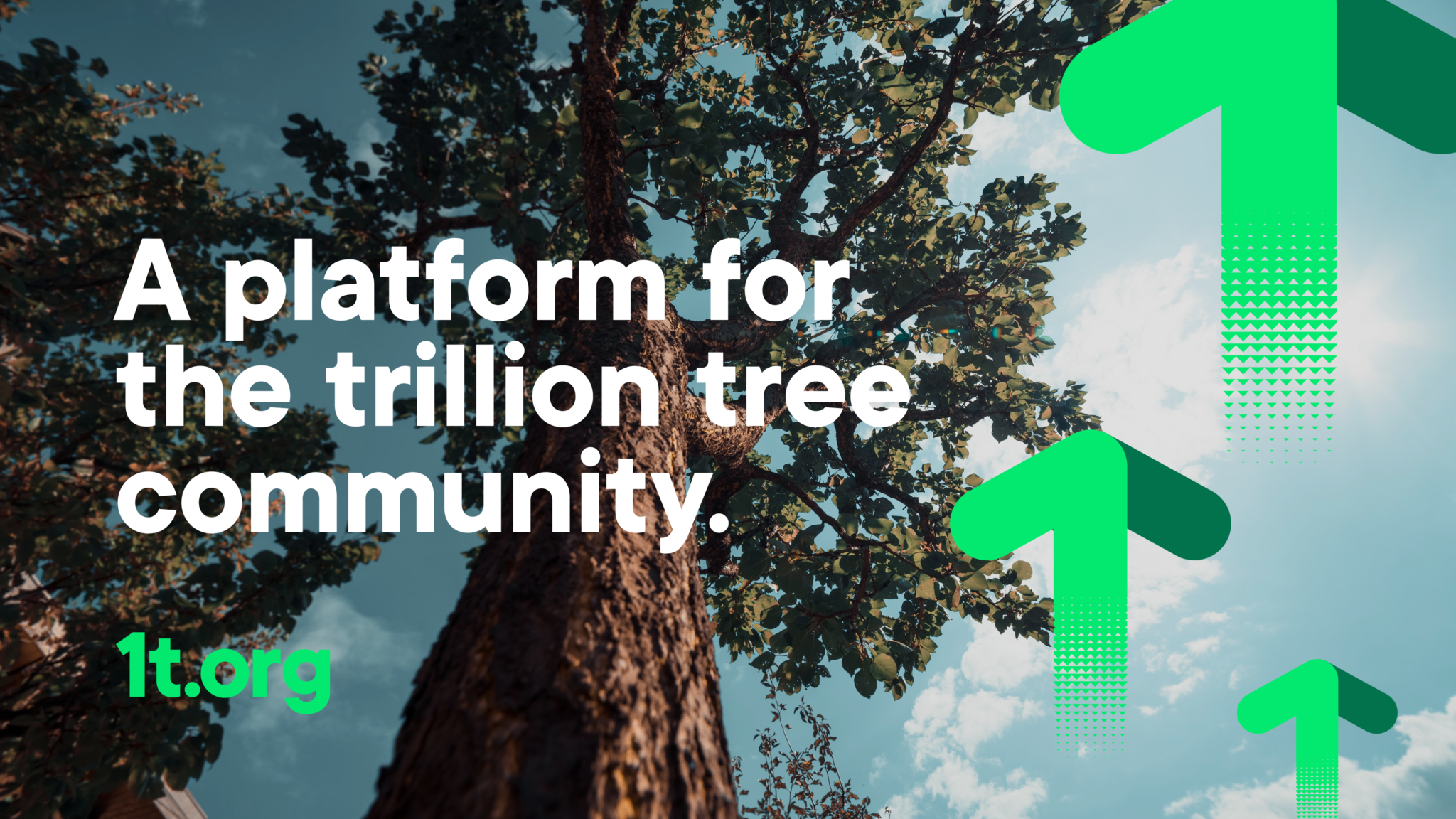
The momentum for natural climate solutions has reached the highest circles of politics — across the globe, countries are leading significant reforestation efforts, and just last year Ethiopia made the record books for planting 360 million trees in a single day. However, not all tree planting is created equal. Here’s a quick guide for assessing pledges to determine which qualify as natural climate solutions, and which do not.
Read more
Related articles for further reading
Thursday 23rd January
The momentum for natural climate solutions has reached the highest circles of politics. In the United Kingdom, all major political parties included significant tree planting efforts as part of their campaign pledges in the lead up to the recent election, with Boris Johnson committing £640 million for a fund that aims to triple tree planting rates across England to six million a year.
In the United States, conservation and tree planting have attracted bipartisan support. The top four Democratic candidates have included some form of conservation commitment in their climate proposals, and Republican members of the House have has made trees a mainstay of its new climate plan. And just this week, President Trump pledged his support for the 1 trillion trees campaign platform recently launched by the World Economic Forum with the support of Salesforce CEO Marc Benioff.
Across the globe, countries as diverse as Colombia, Pakistan and Fiji are leading significant reforestation efforts (relative to their size), and just last year Ethiopia made the record books for planting 360 million trees in a single day. The tree planting fervor has even spread to the YouTube generation, when late last year influencer Jimmy Donaldson, known online as “Mr. Beast,” mobilized fellow Youtubers to raise $20 million for tree planting in a matter of weeks.

Taken together, this new focus on reforestation represents a sea change taking place in the world of “natural climate solutions.” This is short-hand for the broad range of actions – centered on the protection, restoration and sustainable management of the world’s ecosystems – to help increase climate mitigation and adaptation around the globe, as well as support sustainable development and protect and promote biodiversity.
The most important thing is to keep intact forest intact; these are irreplaceable ecosystems and we must look after them. However, reforestation is central to these efforts, which together have the potential to provide a third of the climate solution by 2030, while also delivering a wide range of other benefits for biodiversity, health, sustainable development and resilience to the impacts of climate change.
However, not all tree planting is created equal. Here’s a quick guide for assessing pledges to determine which qualify as natural climate solutions, and which do not. If a pledge does not include information on any of the issues below, you should seek clarification from the relevant government department, business or civil society group.

Is the initiative part of broader climate action?
A tree planting initiative should take place within the broader context of ambitious climate action. In other words, it should have a considered place within a holistic program of action that includes urgent cuts in fossil fuel emissions. If a government, business or NGO is implementing or investing in tree planting in order to delay or avoid decarbonization and to continue business as usual in terms of emissions, then that effort does not qualify.
This is not to say that these projects will not deliver other benefits, but they are not natural climate solutions.
Is the initiative planting the right trees in the right places?
Not all tree planting is good; it’s not as simple as blanketing the earth with trees. In some instances, such as plantations of non-native or exotic species or monoculture plantations, planting the wrong trees in the wrong places can undermine climate, biodiversity or sustainable development goals. In other instances, there are competing uses for land that are better options. And in yet others, the best and cheapest option is to let forests naturally regenerate. Geographic location also matters; trees planted in the tropics grow quicker and therefore can capture more carbon. This is why it’s important that tree planting initiatives are backed by science. They must ensure best practices are followed in terms of species selection, planting density and other relevant ecological factors.
If an initiative does not address these concerns, it does not qualify.
Does the initiative have the support of local communities?
Unfortunately, there have been instances in the past when reforestation projects have either violated the rights – or not respected the interests of – local communities and indigenous peoples. Even if you have the right species in the right location, it needs to survive to maturity to deliver its full climate-change-fighting potential. When reforestation is done with the active support and involvement of the community, the chances of success improve enormously; this is when we see the true sustainable impact of restoration. The best initiatives also offer long-term incentives for keeping forests standing.
If an initiative is unable to address these concerns, it does not qualify.
— ENDS —